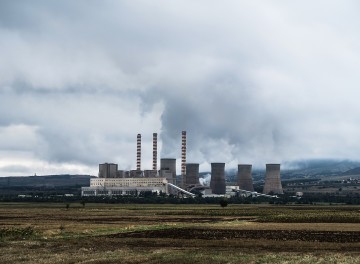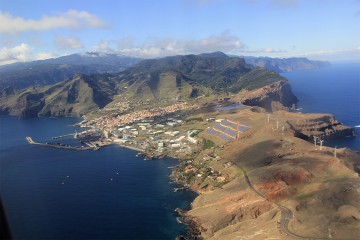The Newton Machine
Reconstraining energy infrastructure
The Newton machine emerged as a solution to the constraints of energy infrastructure.
Infrastructural and legacy constraints inform almost everything we do and everything we design—from food systems to transport, manufacturing to entertainment. We are locked into paths determined by decisions or choices made in previous eras, when the world was a much different place. For various reasons these legacies stubbornly persist through time, constraining future possibilities and blinkering us from alternative ways of thinking. In the case of energy, Tesla’s invention of alternating current in the late 19th century won out over Edison’s direct current because it allowed electricity to be transmitted over large distances. This afforded the building of huge power stations in the countryside, generating power through the burning of fossil fuels and distributing it radially across national grid systems. Power arrives as if by magic at our houses via sockets in the walls. These sockets, and the plugs that are inserted into them, dictate how all electrical products are used and how all products are designed.

Reconstraining infrastructure begins by understanding the complex issues behind such generic solutions and how they limit the potential of designed alternatives (constraints). In the case of Madeira, a location with ample sun, wind, rain, and sea, it would seem to be a place where renewable approaches to energy might thrive. What you see when you fly over the island supports that notion: banks of solar photovoltaic panels line several of the hillsides, and wind farms are exposed to the full force of the gales blowing in from the Atlantic. However, beneath this optimistic surface lies a darker reality. The problem, stated simply, is as follows. Solar PVs only generate energy while the sun shines. Wind farms generate energy when the wind blows. The wind is unpredictable and the sun shines during the day when most people are at work, meaning that energy cannot realistically be consumed in real time. The only viable option at the moment is to sell energy back to the grid; but unfortunately this conflicts with the power company’s business model. As things stand, users of renewables still rely on the grid during dark or windless periods, and therefore utility owners argue—with some reason—that these users should pay for grid upkeep.
